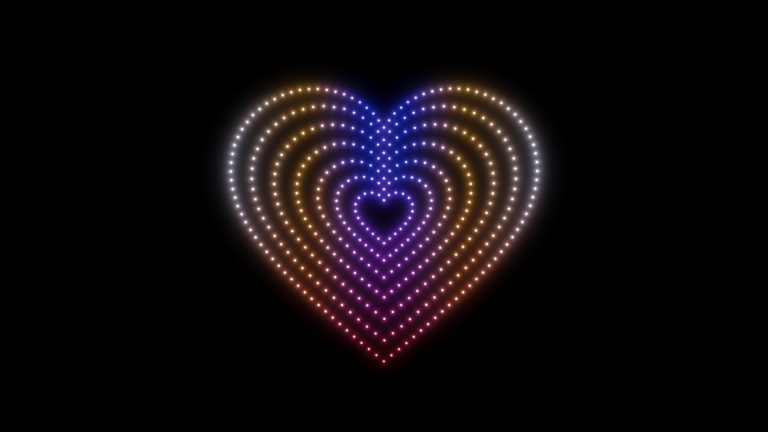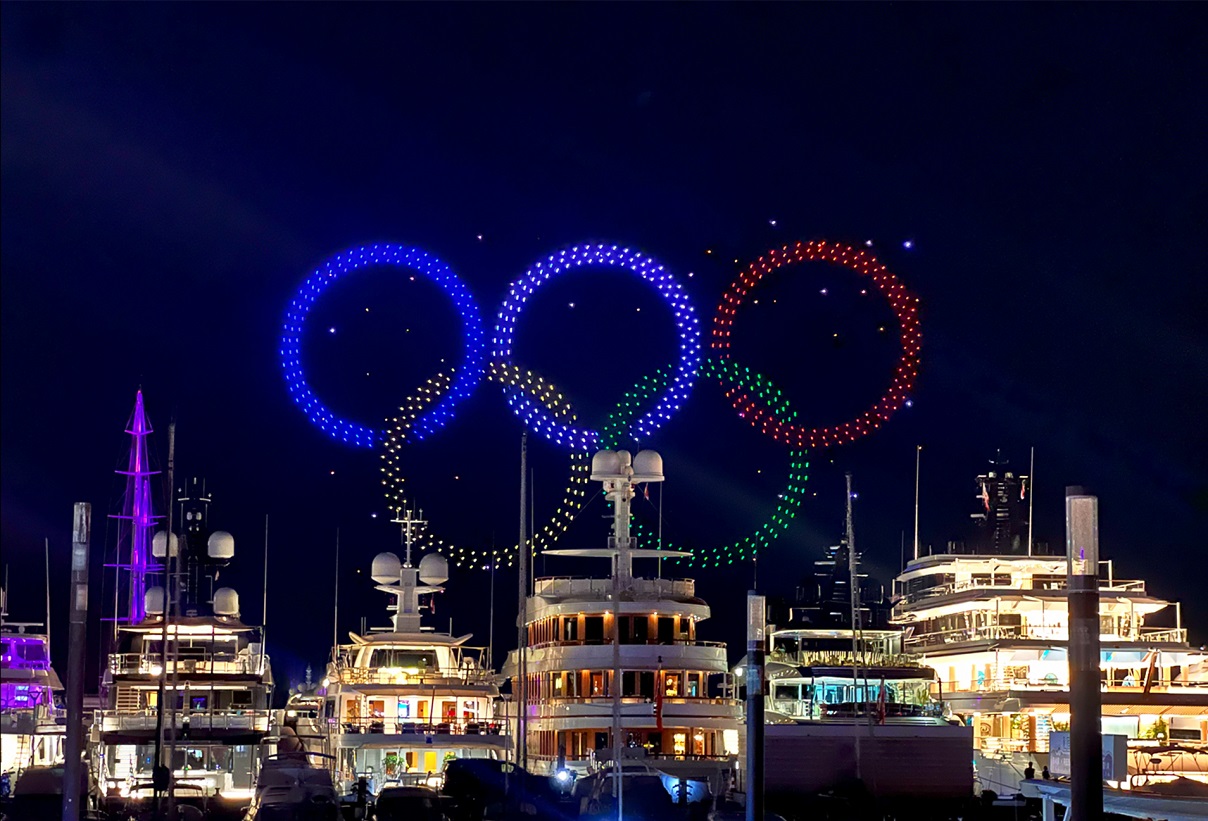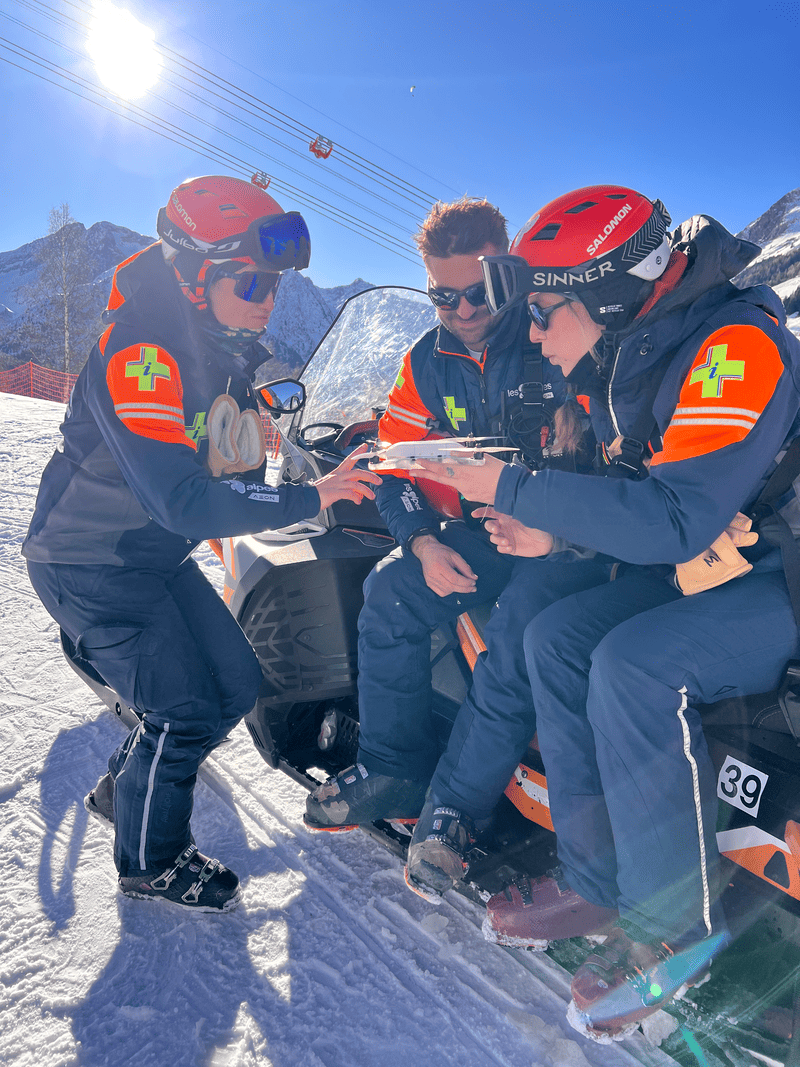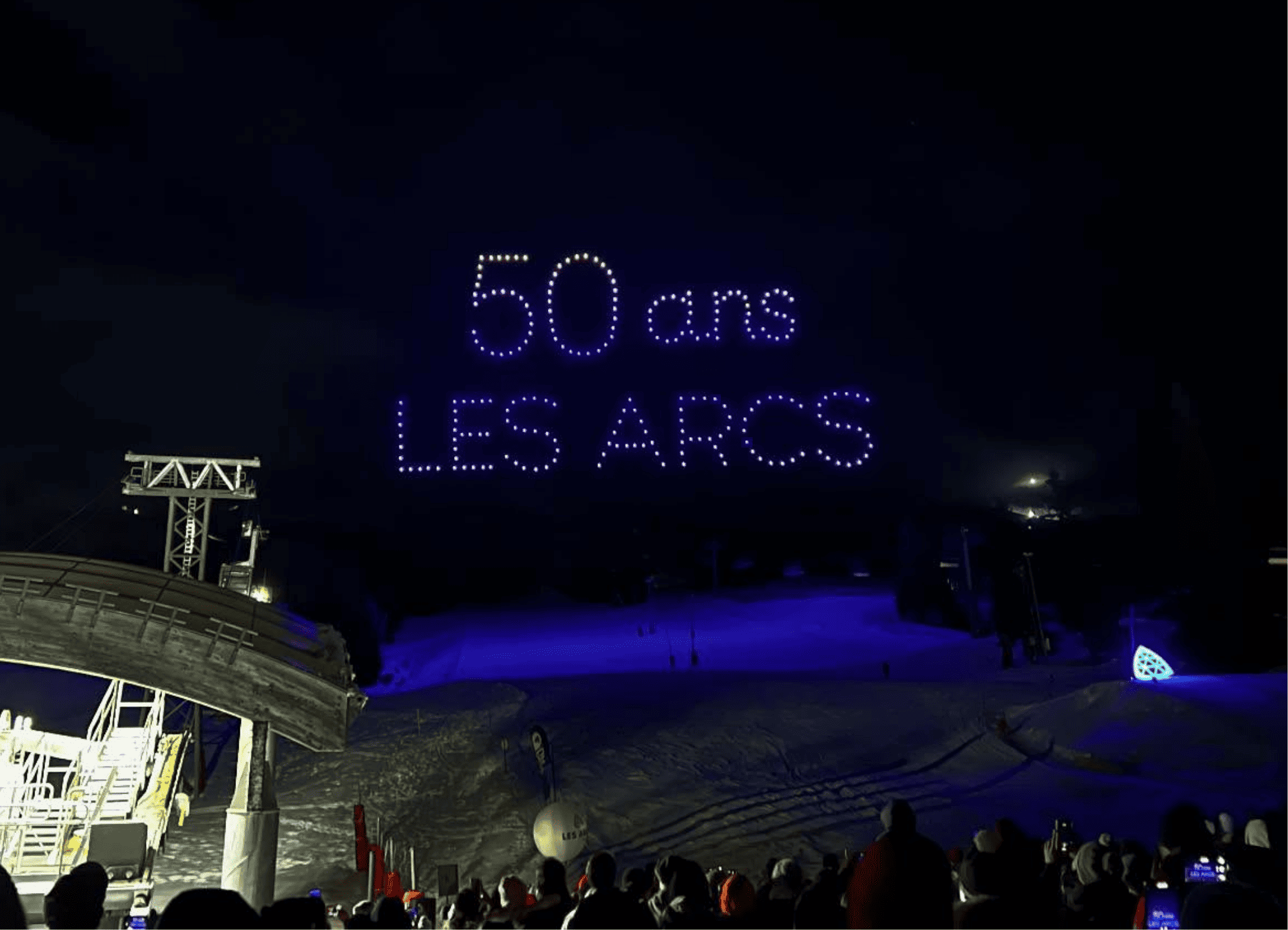How to make a sound and light drone show?
Creating a sound and light drone show is a technological and artistic feat, combining creativity, precision engineering, and synchronization. These drone ballets illuminate the night sky, where hundreds or even thousands of drones equipped with LED lights create animated shapes, patterns, and scenarios, all punctuated by an immersive soundtrack. In our case, Allumee presents seven key steps to successfully carry out such a project.
The meeting and technical study
This first phase is fundamental because it lays the foundations for the entire project and ensures that the client's expectations are fully understood and achievable within the technical and creative limits of the planned show. During this initial meeting, the main objective is to immerse yourself in the client's vision. This involves understand the emotion or message he is trying to convey to the audience.
This is also the time to highlight realistic constraints such as budget, site and security conditions, and hardware limitations. An essential component of the technical study is the evaluation of the site where thedrone light animation, this may include the recognition of physical dimensions, of the environment (including potential obstacles such as buildings or trees), usual weather conditions, and any other factor that may affect the performance of the drones or the safety of the show.
In addition, logistical aspects are also addressed encompassing the establishment of take-off and landing areas, the planning of flight paths and the implementation of safety measures to protect the public and operators.
Finally, an analysis of additional technical needs is carried out, which may include sound equipment for music and commentary and other elements that contribute to the overall experience.
The storyboard
This step is essential to translate the client's vision and objectives into a concrete visual and narrative plan. This is a crucial transition phase where abstract ideas begin to take shape. At the same time, the storyboard specifies the use of lights and special effects ; the colors and intensity of the lights on the drones, but also any special effects on the ground or integrated into the drones themselves, such as the triggering of traditional fireworks.
Finally, there soundtrack is an integral component of the show, and its selection is closely linked to the storyboard. For each segment of the show, a musical track is selected or composed to support the mood and visual movements. The music guides the rhythm of the animations and reinforces the cohesion between the visual and auditory elements of the show.
THE storyboard is regularly shared with the client to ensure that the artistic direction meets their expectations.
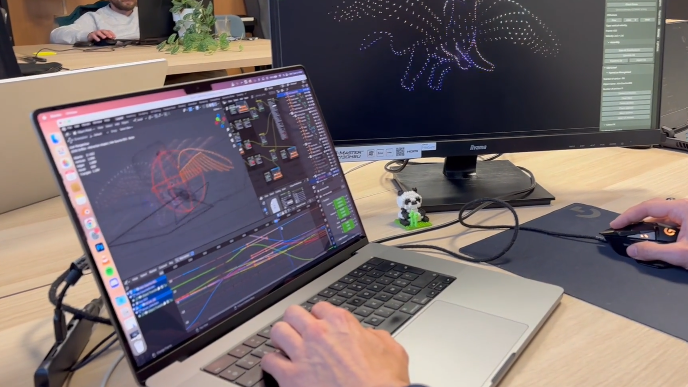
Production
This step includes several key processes, involving the creation of visual, sound, and technical elements necessary to deliver a memorable experience to the audience. It is during this phase that ideas come to life thanks to the use of the latest technologies and the know-how of highly qualified teams. First, the storyboard and music must be imported into the software, which often offers a visual interface allowing the drone trajectories to be "drawn" in 3D space.
The creative team creates the visual elements of the show. This includes the selection of colors, the intensity of lights on the drones, and the design of patterns and shapes that the drones will form in the sky.
However, adjustments may be necessary to perfect the visual elements. This refinement phase is essential to ensure that the show achieves the desired level of excellence.
If you'd like to learn more about what goes into creating a drone show, check out our Instagram story about it: https://www.instagram.com/reel/C3hfnt2KTat/?utm_source=ig_web_copy_link&igsh=MzRlODBiNWFlZA==
Audio-visual synchronization
After finalizing the production elements, the focus shifts to the precise alignment of every drone movement, lighting effect, and special effect with the show's soundtrack.
Once the musical structure is established, the drones' programming can be adjusted to align with the musical elements. Flight control software is used to precisely synchronize the drones' flight paths, formations, and color changes with the musicThis step requires great precision to ensure that the drone movements match the defined moments in the audio track.
At the same time, special effects and lighting are also programmed to activate at specific times. Whether it's to underline a musical crescendo with an explosion of fireworks or to change the colors of the drones in sync with a change in key in the music, every detail is meticulously planned to enhance the audio-visual impact of aerial performance.
Permissions
It is imperative to navigate through a regulatory framework with obtaining various authorizations varying according to jurisdictions which generally aim to guarantee public safety and respect for the environment. Thus, the flight permit ensures that drone operators are qualified and that the devices used are suitable for safe flight.
In addition to flight permits, specific safety clearances may be required to ensure that the performance does not pose a risk to the public, surrounding structures, and airspace. This may include: risk assessment, emergency planning, and coordination with local emergency services to ensure that response protocols are in place in the event of an incident.
Depending on the venue and nature of the show, other approvals may be required such as the use of public space, the installation of temporary structures such as stages or screens, and the use of music or other intellectual property.
The tests
This phase allows you to check the reliability of every aspect of the show, from drone performance to audio-visual synchronization and safety. Tests are conducted under conditions as close as possible to those of the final show to identify and correct any potential problems.
First of all, each drone is subject to a in-depth technical check to ensure it is working properly. This includes checking the battery, motors, and sensors.
Of the dress rehearsals with the full soundtrack and all the visual effects allow you to see the show in its entirety and make final adjustments.
The realization
This is the culmination of the entire creative process, where the artistic vision meets its audience. This phase involves not only the technical execution of the show but also the commitment to safety, quality, and eco-responsibility, thus ensuring an experience that is both emotional and environmentally friendly.
The heart of creating a drone show is to engage the audience. Through a masterful combination of music, light, and movement, the show aims to create unforgettable moments, provoking wonder, joy, and sometimes even reflection.
Want to know more?
